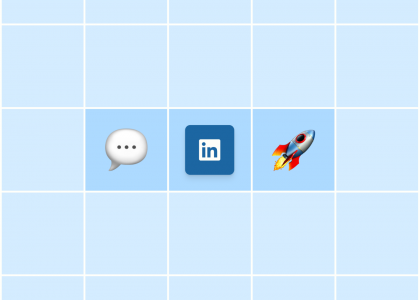When compared to other advertising media, email holds unique advantages, enabling deeper levels of user engagement. It benefits from distinct placement within the digital ecosystem, enjoys the ability to incorporate all types of content, and theoretically has no length restrictions. It offers unparalleled personalization abilities and serves as one of the best vehicles for brand storytelling. But Rome wasn’t built in a day, nor are successful email campaigns. What’s the starter psychology behind some of the best, ongoing email nurturement processes?
Understanding and respecting the true intent of your users sounds cliché, but are the core pillars of your future email marketing success. Up front this means:
Building trust & credibility
Commitment, consistency
Frequency choices
Reciprocity principles
But what about personalization, social proof, attention grabbing headlines, FOMO, and decoy effects, you ask? Those are all important things as well, but fall more under the category of sizzle than steak. Ultimately, nourishing prospects is what converts them into paying customers.
So what builds trust and credibility? Generally wisdom and patience implied in written context. Put another way: create valuable content that stands by itself without transitioning into aspirational sales pitches. Giving more than you take fosters a sense of loyalty and will ultimately help us close with reciprocity.
Malcolm Gladwell and I would agree that commitment and consistency are key to pretty much anything, not just email marketing. Building trust takes time, as does reaching pinnacles of excellence. While every email you send should convey value, succinctly conveying snackable insights with a deft touch comes through practice. Use your newsletter as a way to continually improve your communication abilities and connect with your audience better.
Frequency choices means giving your users an opportunity to let you know how much they appreciate hearing from you. We have limits for even our best of friends, and the bar is much lower for purveyors of email content. When users sign up for your newsletter, let them set their preference up front. Understanding your users’ interests up front can prevent churn and inspire new ways to approach them.
Finally, let’s focus on reciprocity. Every commercial email in existence was composed with the hope of generating revenue, but some emails are better at masking intentions. Businesses can and should capitalize on their earned good will, as long as they remember to earn it first! Reward your users with valuable information and then tailor discounts or access around their subscriber profiles. Users will feel compelled to engage and transact if they feel like your brand has given them something of value. With newsletter rapport established, we can start employing more naked marketing tactics, signaling where we anticipate a value exchange.
The post Psychology of Email Credibility appeared first on Campaign Monitor.






